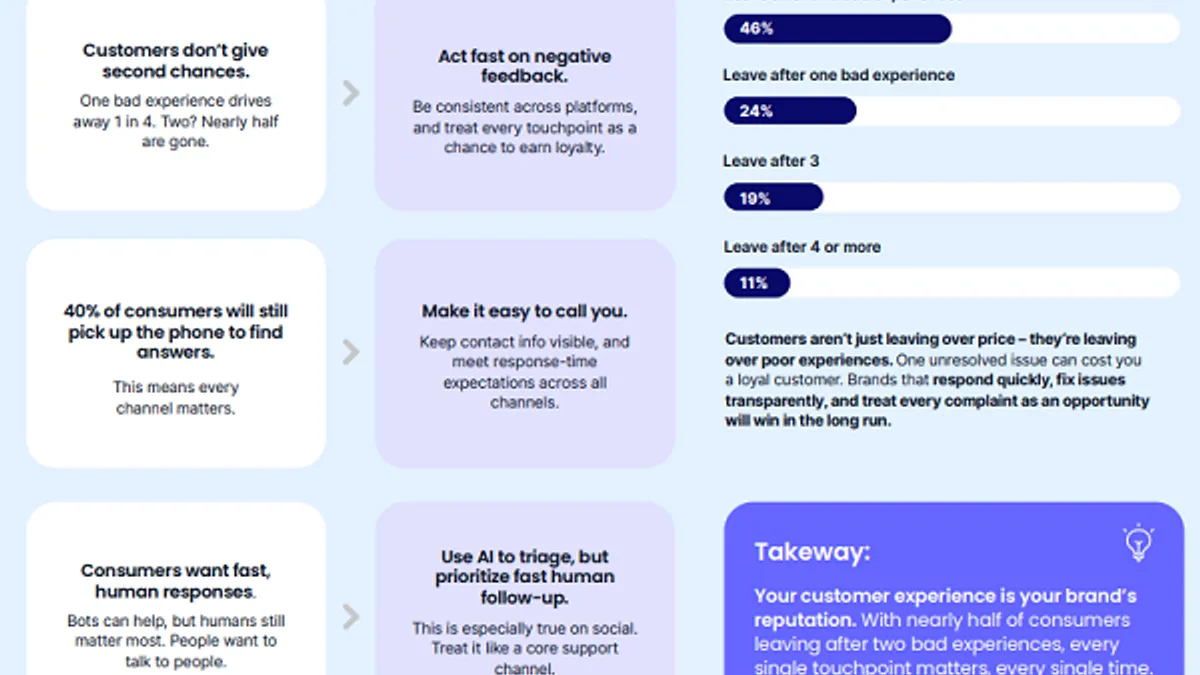The following is a guest piece by Darrick Li, vice president of sales, North America media owners at Guideline. Opinions are the author’s own.
Like many technical facets of the corporate world, the ad-tech industry tends to have a bad habit of making things, well, too technical. In short, the industry’s collaborative goal is to help brands reach the right consumers with personalized and memorable experiences that drive business outcomes. What’s so technically complicated about that?
Amid economic uncertainty, the proliferation of technology offerings, and constant innovations, the advertising ecosystem is a multi-variable environment. Brands are then faced with the complexities of those variables – leaving advertising investments more nuanced as a result. We’ve seen this happen with new mediums like CTV, and today, we’re seeing this take place with retail media networks (RMNs).
RMNs, retailer-owned platforms that allow advertisers to buy ad space on their digital channels, can provide direct engagement opportunities for marketers by reaching consumers where they are along the buying journey. So why wouldn’t a brand invest? Let’s look at the numbers across a few key verticals to dive deeper.
According to Guideline data, the automotive sector hasn’t invested as much in RMNs as other verticals have. The automotive sector was one of the hardest hit industries by supply chain challenges during and after the pandemic, with a resulting deficit in new car inventory. In turn, the sale of used cars and subsequent items to maintain them flourished. And to capitalize on that growth, automotive parts and accessories retailer AutoZone launched a new retail media platform in 2021 offering brands targeted, personalized marketing campaigns leveraging the retailer’s first-party data from loyalty and CRM customer profiles. Similar to automotive, travel isn’t investing in RMNs and rather started experimenting with the space after being hit hard by the pandemic: Marriott launched the hospitality industry’s first media network in 2022.
When considering both the historical and present day context, these launches make perfect sense for automotive and travel verticals. In the wake of third-party cookie deprecation, companies that have a lot of first-party transaction data and customer data are realizing that it's a true source of competitive advantage – not to mention another channel for monetization. So for verticals who have their own RMNs, why would they invest in other networks? They probably wouldn’t.
Beyond verticals launching their own retail media networks – and the conflicts that arise as a result – RMNs face the same core challenges as many other advertising channels: performance and cost. More specifically, there is uncertainty surrounding value, measurement – and, of course, selecting the right partners to put the technology to work.
Unfortunately, brands that buy into an RMN today can only see one slice of their overall RMN spending at a time, which leads to fragmented strategies across multiple retailers rather than a holistic strategy across them all. Again, we’ve seen this pattern play out on CTV: fragmentation doesn’t work there, and it certainly doesn’t work on RMNs. What’s more, RMNs are not measured the same way as other channels, making it hard for marketers to compare performance against non-RMN strategies. Further, when it comes to ad dollars toward activating an RMN, some say the monopolization in market causes exponential charges for access to audiences. So, with ROAS and outcomes top of mind for marketers today, how are they supposed to know if the juice is worth the squeeze — and what can RMNs do to prove that it is?
First, RMNs need to help brands help themselves. This means finding out where brands are over-indexing in terms of spend, and meeting those same needs with strategic offerings that support their unique business needs. RMNs need to understand what these channels are providing marketers and figure out how to mirror that value.
RMNs would be mistaken to make brands feel forced into having to buy retail media inventory simply due to the fact that they have the audience. Instead, RMNs should approach conversations from a supportive perspective: enabling them to understand the simplicities within the technology that will provide them value. Everyone reacts better to honey than to vinegar, right?
To that end, RMNs need to invest in products that empower that confidence, such as integrations that allow advertisers to view spending within their broader overall spending insights. Through these integrations, RMNs can build their perception in market as an interoperable addition rather than a siloed side project.
Finally, RMNs would be smart to remove their egos and remember the ultimate goal of investment will be driven by supporting the universal measurement of RMN activations. As we’ve seen with CTV, it doesn’t matter who wants to come out on top. Marketers want universal measurement across their advertising, and will demand it as a means to invest. By providing that transparency and understanding, RMNs will start to see dollars flow.






















